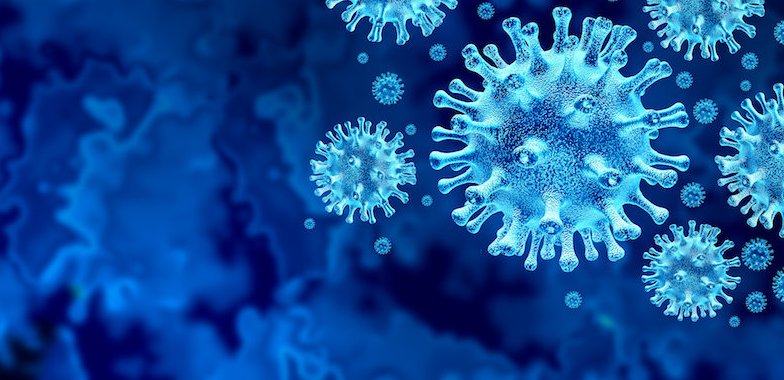Coronavirus can remain active for several hours to days on surfaces like cardboard, metal, wood, cloth and plastic as well as in aerosols, according to a recent scientific study. It has revealed that people may acquire COVID-19 through air and after touching any contaminated object as well.
Scientists of University of California, Los Angeles have discovered that the coronavirus is detectable for up to three hours in aerosols, up to four hours on copper, up to 24 hours on cardboard and up to two to three days on plastic and stainless steel.
“This virus is quite transmissible through relatively casual contact, making this pathogen very hard to contain,” said James Lloyd-Smith, co-author of the study and UCLA professor of Ecology and Evolutionary Biology. “If one touches objects that someone else has recently handled it would be better to wash hands immediately,” Lloyd- Smith added.
The study has attempted to mimic COVID-19 being deposited onto usual surfaces in a household or otherwise by an infected person through coughing or touching, for example. The scientists then investigated how long coronavirus remained infectious on these surfaces.
In February, Lloyd-Smith and his colleagues reported in the journal ‘eLife’ that screening of travellers for COVID-19 has not been very effective. People infected with the virus – officially named SARS-CoV-2 – may be spreading it without knowing they have it or even before symptoms appear. The biology and epidemiology of coronavirus make infection extremely difficult to be detected in its early stages; because majority of the cases show no symptoms at all for five days or even longer, Lloyd-Smith asserted.
“Many people would not have developed symptoms yet. Based on our earlier analysis of flu pandemic data, many people do not choose to disclose, even if they know,” Lloyd-Smith added. New study supports guidance from the public health professionals to slow down spread.
An aerosol (abbreviation of ‘aero-solution’) is a suspension of fine solid particles or liquid droplets in air or some gases. Aerosols can be natural or anthropogenic. Examples of natural aerosols are fog, mist, dust, forest exudates and geyser steam. Examples of anthropogenic aerosols are haze, particulate air pollutants and smoke. Diseases can also spread through small droplets in our breath called bioaerosols.
PNN & Agencies
